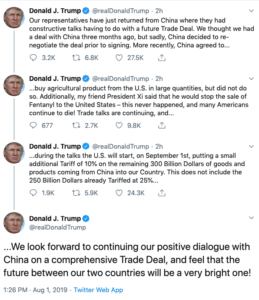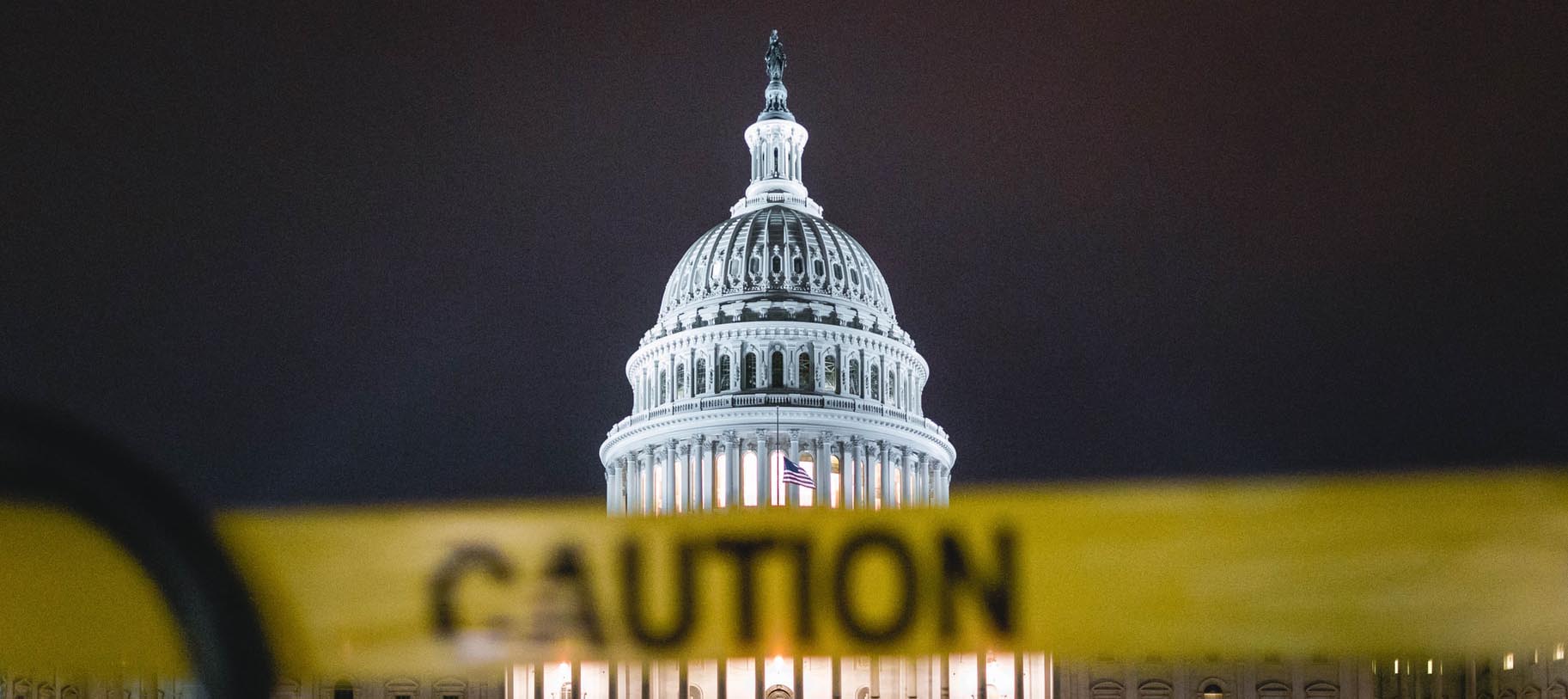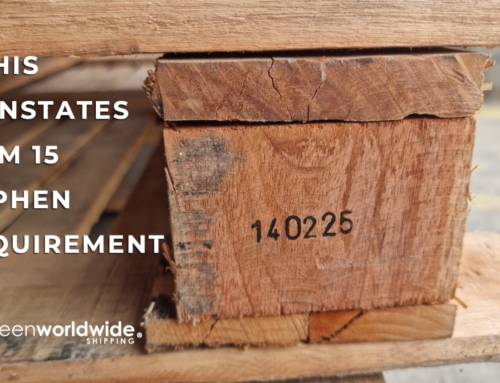On August 1st, United States President, Donald Trump, announced that starting September 1, 2019, an additional 10 percent tariff will apply to the fourth and latest list under Section 301 on goods being imported from China. Essentially targeting products not yet impacted by earlier Section 301 actions, List 4 covers $300 billion worth of products manufactured in China and spans over 3,800 harmonized tariff codes.
 SECTION 301 CHINA TARIFF LISTS
SECTION 301 CHINA TARIFF LISTS
$34 Billion Trade Action (List 1)
$16 Billion Trade Action (List 2)
$200 Billion Trade Action (List 3)
Proposed $300 Billion Trade Action (Proposed List 4)
Search Tariff Lists (Search for an HTS Subheading subject to a proposed or ongoing Section 301 tariff action)
U.S. – CHINA TRADE NEGOTIATIONS
Since trade negotiations collapsed over three months ago, China and the U.S. have made several attempts to salvage their economic relations. In June, President Trump and President Xi Jinping took time to speak at the G20 Summit in Japan and most recently, U.S. delegates, Treasury Secretary Steven Mnuchin and Robert E. Lighthizer, met with Chinese counterparts in Shanghai this week to discuss “forced technology transfer, intellectual property rights, services, non-tariff barriers and agriculture.”
U.S. negotiators were hoping to at least present the president with a concrete promise from China to once again begin the purchase of American agriculture products, like soybeans, and stem the flow of Fentanyl, a powerful Chinese-produced opioid, into the country. Fentanyl is roughly 100 times more potent than morphine, 50 times more potent than heroin and has let to thousands of deaths in the United States.
EFFECTIVE SEPTEMBER 1, 2019 AN ADDITIONAL 10 PERCENT DUTY WILL APPLY TO LIST 4 PRODUCTS FROM CHINA.
Swearing to “never give in on major issues of principle,” China issued a new draft of the trade proposal back in May that crossed out a significant number of the previously agreed to provisions.
One of the major sticking points has been the forced transfer of American technology. Earlier this year, The United States put Huawei, the Chinese telecommunications firm, on a blacklist in order to restrict its access to essential U.S. components, such as software and microchips. While China had already threatened to put together its own blacklist of American companies, the United States has agreed to consider granting special licenses to dozens of U.S. suppliers that sell to Huawei.
For the upcoming holiday season, it looks like U.S. consumers will be paying the price for trade actions as benefits from Section 301 tariffs is regularly offset by “costs paid by consumers in the form of higher prices and reduced consumption.”
The Office of the U.S. Trade Representative held public hearings on June 17-25, but has not yet issued final list or guidance of procedures or exclusion processes.
2019 PEAK SHIPPING SEASON [INFOGRAPHIC]
As Green continues to monitor the situation, stay up-to-date on freight news by following us on Facebook, Twitter, and LinkedIn. For continuous updates, make sure to check out our website at greenworldwide.com.






